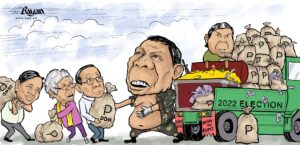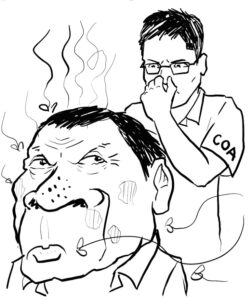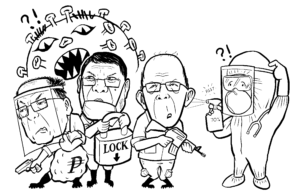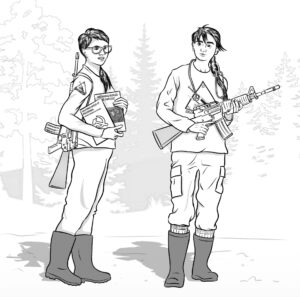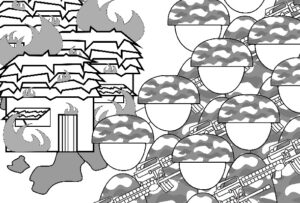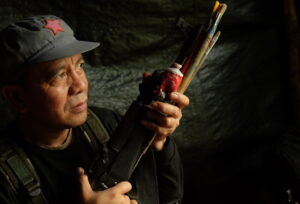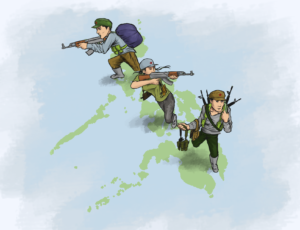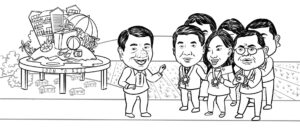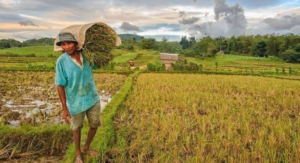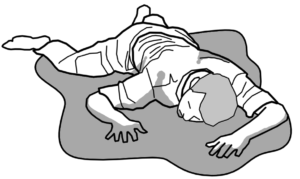US driven out of Afghanistan, Taliban retakes power

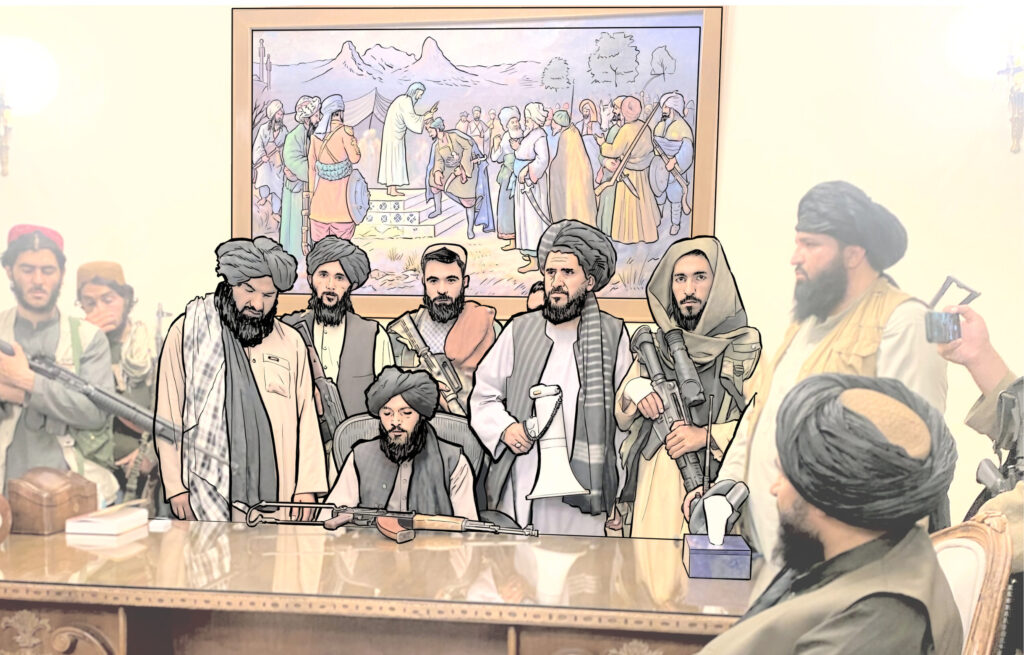
The war is over. This was declared by the Taliban last August 16 after its fighters seized Kabul, Afghanistan’s capital, and ended the US 20-year occupation and its puppet government. Before the Taliban entered Kabul, the US puppet president Ashraf Ghani already fled the country paving the way for the establishment of a new government. The Taliban ruled the country when the US first mounted its war of agression in 2001. The group announced that it will establish the Islamic Emirate of Afghanistan with its return to power.
The Taliban launched its offensive to retake power last May 4, after the US announced the withdrawal of its combat forces from the country. Within two months, the Taliban seized half of the country’s districts, including territories once controlled by its rival warlords. Inspite of this, the US belittled the group, saying its “75,000-strong army” will not be able to defeat the 300,000-strong Afghan National Army (ANA) that the US trained, funded and armed.
On August 6, the Taliban seized Zaranj, its first city. Around this time, the US estimated the possibility of the capital falling in 90 days. In reality, the almost unimpeded seizure of Kabul and 20 other town capitals was accomplished within 10 days. This was accompanied with a proselytizing campaign and promises of amnesty to all ANA soldiers. The puppet army did not put up a fight and instead abandoned their posts, surrendered or defected when their cities were attacked.
The US panicked to get their personnel out of the country on August 16 itself. This included 2,500 migrant workers, 132 of whom are Filipinos. As many Afghans and foreign nationals expressed fears of violence, 60 countries and the United Nations called on the Taliban to allow anyone who wants to, leave the country.
Legacy of destruction and poverty
The 20-year US occupation left behind unprecedented destruction and poverty. According to a US research, about 3,487 American soldiers and their allies have died, as well as 4,000 private “contractors,” 80,000 Afghan soldiers and more than 84,000 on the “opposition” side in the course of the 2001-2021 “forever war.” There are estimates that up to 875,000 civilians were killed. Around 3.5 million were dislocated due to encounters.
The US squandered up to $2.26 trillion public funds from 2001 to 2021. The majority of this ($933 billion) is under the Deparment of Defense’ Overseas Contingency Operations, previously known as its overseas “counter-terrorism operations.”
The US spent $144.98 billion for reconstruction and $36.29 billion to establish the puppert government in the first 10 years of occupation alone. According to the Special Inspector General for Afghanistan Reconstruction, no less than 20% of these funds were squandered or pocketed by local Afghan officials. This include the $1-billion fund for the construction of schools inclusive of Afghan girls, a program that was used to justify the US occupation.
The US left the Afghan local economy in tatters. Its gross domestic product averaged only at 2.5% in 2015 to 2019. (Prior to this, its GDP grew at an average of 8% due to the expansion of military bases.) It fell to a negative 2.8 last 2020.
During the same year, unemployment rose to 37.9%, largely due to the closure of military bases which employed around 40% of the Afghans. (In Kabul, there was a time when 90% of its population was connected to operations of the US embassy and military base.)
The Afghan economy is fragile and dependent on international aid, according to the World Bank. In 2019, 22% of its gross national product was from international agencies. (There was a time when 80% of its national budget and 40% if its GDP was made up of foreign aid.)
There has been no stable infrastructure. Agriculture remained undeveloped even as 60% of the population rely on the sector. Criminal activities such as smuggling and growing of opium poppies, a key ingredient to the illegal production of heroin, run rampant.
Life for Afghans turned for the worse when the Covid-19 pandemic hit. Around 75% said that they did not receive any aid from the ousted government. Up to 36% said they experienced a food crisis. Around 72% of the population fell under the poverty line—much higher compared to 55% recorded in 2019.

